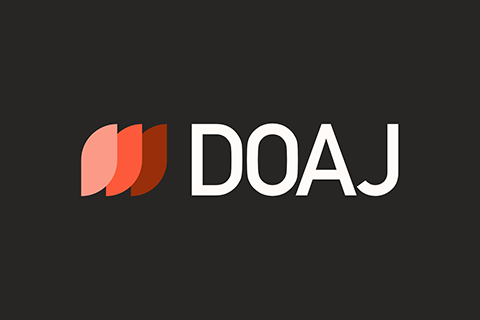Enfoque
INTRODUCTION:
Sports sciences didactics, the art and science of teaching sports-related subjects, plays a pivotal role in shaping the future of athletes, coaches, and sports professionals (Burns et al., 2003). Effective sports sciences education not only imparts knowledge but also fosters critical thinking, problem-solving skills, and a deep understanding of the principles underlying athletic performance (Di Palma & Ascione, 2020). On the other hand, scientific communication interventions within sports sciences didactics are essential tools for enhancing the quality of education and ensuring that students are well-equipped to excel in the dynamic world of sports. (Danusso et al., 2010).
OBJECTIVE:
In this communication, author aims to develop the significance of scientific communication in sports sciences didactics and its potential impact as an intervention.
METHODS:
Importance of Scientific Communication in Sports Sciences Didactics may be based in the serve as a conduit for disseminating the latest research findings, theories, and methodologies to students. On the other hand, both critical thinking and analytical skills on the way of encouraging students to engage with scientific literature and communicate their findings cultivates critical thinking and analytical skills.(Kirk, 2013). This not only aids in their academic pursuits but also in their ability to make informed decisions as sports professionals as it has been demonstrated (Biddle et al., 2004).
DISCUSION:
As readers can seen above, currently, there is a need to develop an interdisciplinary understanding to enhance a interdisciplinary education. In sports sciences field, which encompass a wide array of disciplines, including physiology, biomechanics, psychology, and nutrition, which added to scientific communication interventions facilitate the integration of these diverse subjects, helping students appreciate the holistic nature of sports performance and coaching (Danusso et al., 2010; Raiola & Di Tore, 2012). There are studies that put emphasis in developing an effective communication of scientific concepts enables students to translate theory into practice as a practical application (Raiola et al., 2018).They can better understand how to design training programs, assess athlete performance, and make evidence-based recommendations, contributing to their effectiveness as sports practitioners.
CONCLUSION:
Incorporating scientific communication interventions into sports sciences didactics not only enhances the educational experience but also prepares students for successful careers in the sports industry By improving their ability to transmit knowledge effectively, think critically, and collaborate with interdisciplinary teams, students become well-rounded sports professionals capable of contributing to the advancement of the field (Di Palma & Ascione, 2020; Raiola & Di Tore, 2012).As sports sciences continue to evolve, integrating scientific communication into the educational process is crucial for staying at the forefront of this dynamic discipline (Danusso et al., 2010)















Deja tu comentario
Lo siento, debes estar conectado para publicar un comentario.